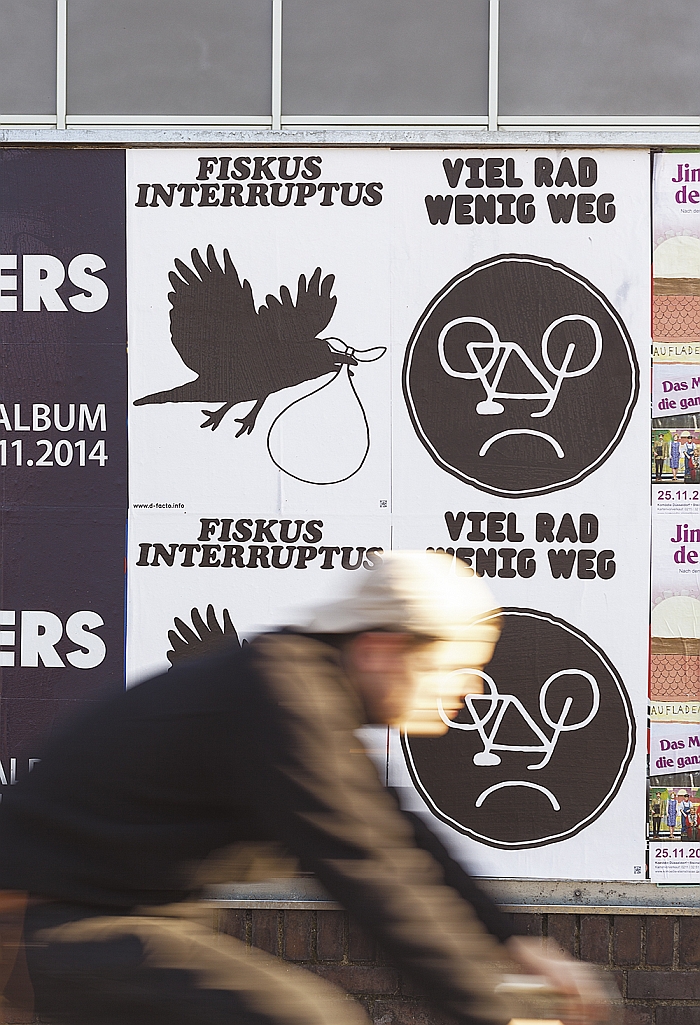On the evening of Wednesday June 24th the winners of the 2015 aed neuland young designer competition were announced in a ceremony in Stuttgart.
Organised by the design/architecture/engineering association aed Stuttgart, neuland is a biennial international competition open to students or recent graduates under the age of 28 and according to the organisers the 2015 competition attracted some 330 entries across the five categories.
An exhibition featuring all 23 nominated and prize winning projects can be viewed in the Nimbus Group Mock-Up exhibition space in Stuttgart until September 16th before moving on to Düsseldorf, Leipzig, Vienna and further, still to be confirmed, locations.
Full details on the competition and the 2015 winning projects can be found at www.aed-neuland.de, but here in all brevity the winners of aed neuland 2015. Congratulations to all!
Architecture & Engineering: Der Utopist – an architectural graphic novel by Carolin Lahode from the Staatliche Akademie der Bildenden Künste Stuttgart
We recently read a comment from a colleague bemoaning the decline in the use of fiction in the architectural press. If we're honest we were unaware that fiction had ever been used by architecture magazines to transport debates and ideas, but our colleague would no doubt approve greatly of Der Utopist by Carolin Lahode. Now we're no big fans of graphic novels, understand however that many people are and also understand that the best way to reach an audience is through a medium and language they understand. Thus a graphic novel in which a Japanese utopist searches for the secret of the perfect social order and a fairer and just future for all through a series of discourses on utopia, contemporary Japanese society and architecture is certainly an interesting and very valid exercise. And certainly a more constructive use of printer's ink than a graphic novel involving oversized Zombie reptiles battling under-dressed women for the control of an abandoned amusement park.
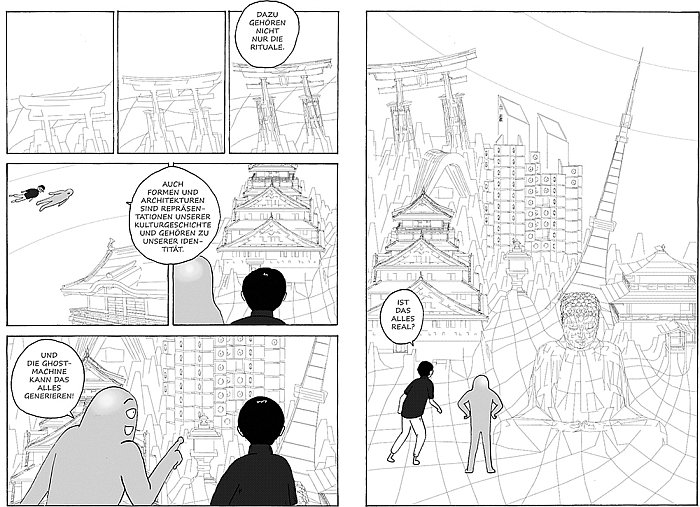
Exhibition & Public Design: Doppelgänger by Vincent Krause, Jan Poneß & Nima Vakili from the Bauhaus Universität Weimar
Doppelgänger is, we would imagine, the sort of project one has to use to truly understand. Developed by Vincent Krause, Jan Poneß & Nima Vakili as their Master's project at the Bauhaus University Weimar, Doppelgänger is in essence two 83m long wooden tunnels, one in Weimar, Germany one in Buffalo, New York. The floor of each tunnel is fitted with contact microphones which transport the footsteps from one tunnel to loudspeakers in the other tunnel, live and in real time. According to Vincent Krause the project is about "exploring the communicative potential of human walking with its acoustic signals as a counterpoint to the existing visual, verbal and textual communication channels" We are admittedly unsure as to exactly why you'd want to do that, do however intend to get the bottom of it real soon.
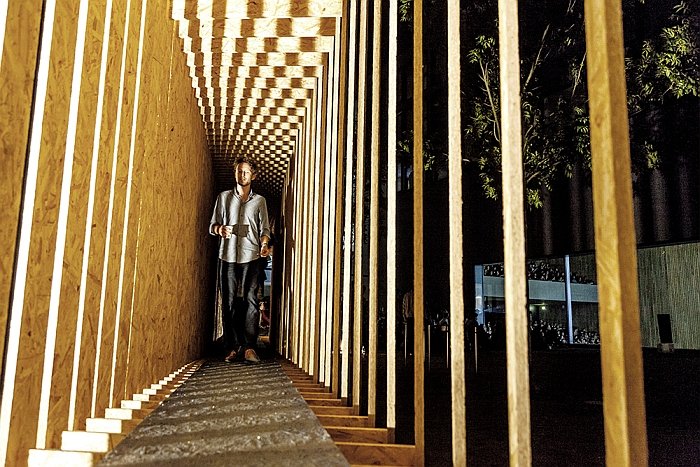
Industrial & Product Design: ito – A transport aid for the urban space by Sebastian Stittgen & Steffen Fehlinger from the Hochschule für Gestaltung Schwäbisch Gmünd
Accepting that the ownership and use of cars is not the great leap forward our forefather's anticipated, we need new solutions, and not just for personal transport but also the transport of goods. Ito by Sebastian Stittgen & Steffen Fehlinger is little more than a modern adaptation of the classic shopping trolley, albeit one which through its form, tyre concept and electric motor allows, according to Sebastian & Steffen, individuals to transport loads of up to 100kg not only through the city but also upstairs. A delightful example of taking an existing concept and developing it for new functions and a new age, ito would appear to offer a very neatly thought through future orientated concept and, and assuming it can achieve what its designer's promise, a concept which is a lot more intelligent than filling the sky with parcel and pizza carrying drones. We remain unsure however why it is only considered useful for urban spaces......
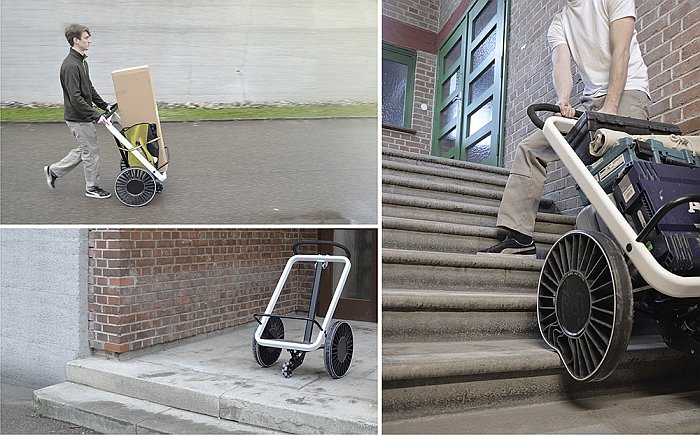
Interaction Design: Mate – A vision for the school book of the future by Rahel Flechtner from the Hochschule Magdeburg-Stendal
As the title of the project neatly explains Mate by Rahel Flechtner is a vision for the school book of the future. A electronic device with a classic book optic Mate promises to allow children to compose their own school book thus promoting an individual learning based on the child's character and abilities, and is designed so as to encourage the user to reach targets and goals through interactive learning. Interactive learning that also involves an electronic pencil, a very nice detail which not only connects the digital age with the analogue but which ensures that as well as learning facts the child also maintains and develops basic writing and drawing skills.
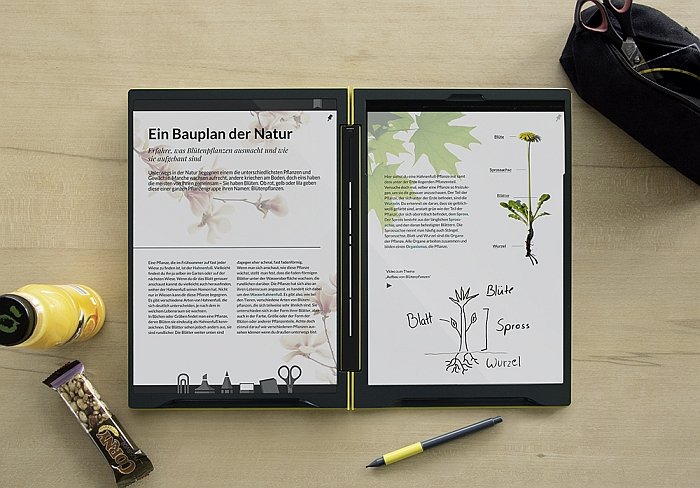
Communication & Graphic Design: D-facto by Piotr Zapasnik from the Fachhochschule Düsseldorf
As we all know, and blithely accept, the voice of the urban public space is that of the advertiser, their messages and logos proving the visual backdrop to our mundanest of tasks. Wherever you are and whatever your doing someone is trying to sell you something. In context of his bachelor thesis at Fachhochschule Düsseldorf Piotr Zapasnik sought to disrupt this never ending flow of commerce with a series of placards commenting on social, cultural and political themes of local relevance. Thus between October 2014 and February 2015 Piotr produced some 17 placards covering topics such as, for example, the decision of the regional government to sell its collection of Andy Warhol works and to use the money to build a new casino and fill holes in the budget, the deficits in Düsseldorf's cycling infrastructure or the city authority's education policy. And while we'd love to think that Piotr fly-posted his creations, we fear that the project was undertaken with the help of the owner(s) of the 41 advertising hoardings employed. And with Piotr's works invariably attracting the attention of an advertising weary public, it does of course pose the question if the project didn't help make the advertising spaces more attractive? And thus encourage the branch. But regardless of such considerations anything which reminds us that we needn't accept the status quo and which empowers each and everyone of us to think about, question and react to the world around us has to be a good thing.
